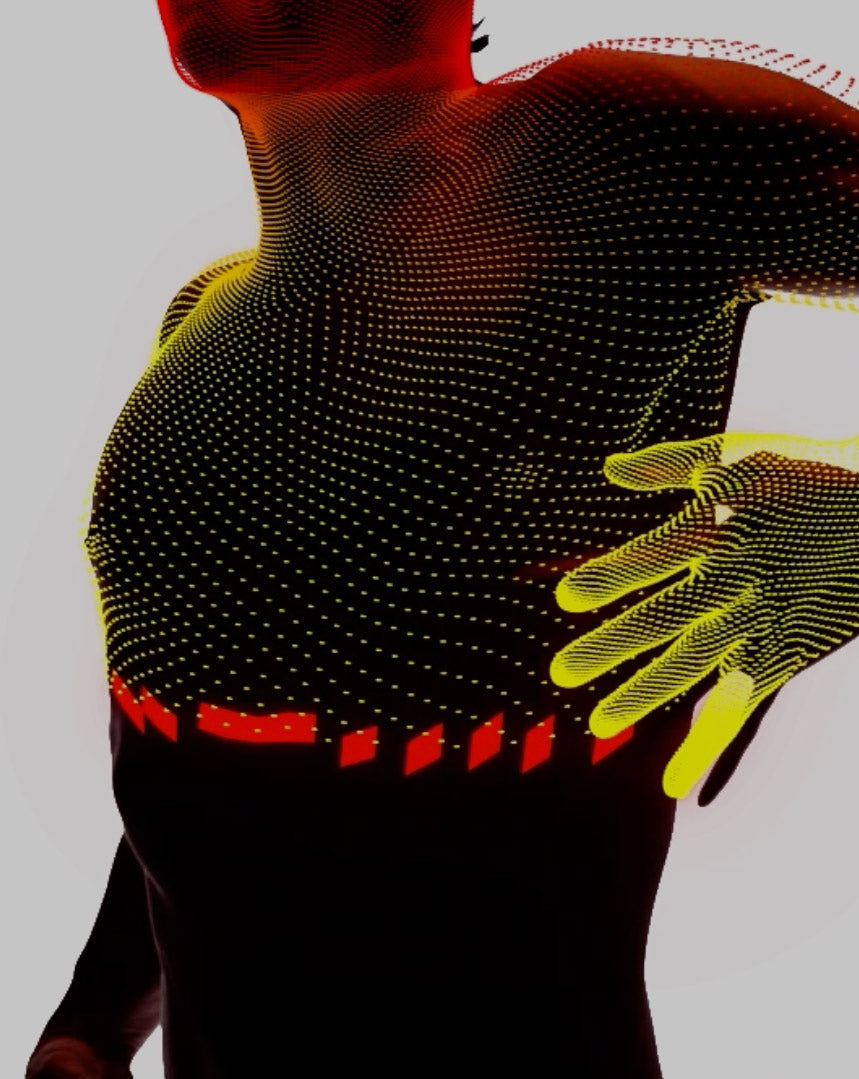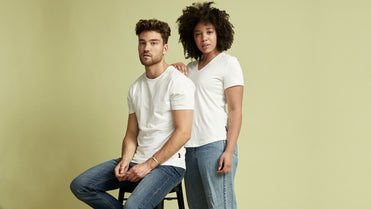Origin Story
“Hemp fueled the early Asian economies and could be considered the world’s first cash crop” - James Sol Radina, History of Hemp, 2016
Hemp, is so old that it’s still debated when and where it was first cultivated. It’s been suggested to date back to 8000 BC in the Middle East and the word ‘canvas’ is actually derived from the ancient Scythian word for hemp.
But others suggest it was first cultivated in Asia around 5000 BC as hemp plants grew wild in populated areas of China, eventually being used commercially for fabric as well as being traded with Japan. Hemp fabric took over from animal skins in Ancient China, with most common folk wearing it everyday as it was strong and cheap, and the dominance continued right up to the 13th century, when cotton began to take over, imported from India.

Ancient Chinese hemp clothing on display
Global Diaspora
The use of hemp fabric spread from China across the globe over thousands of years, with the UK cultivating it from the 16th century and American farmers required by law to grow it in the 18th century.
In fact hemp is a significant part of America’s history and agriculture with the very first American flag being made from hemp fibre. And during the Second World War, Uncle Sam even produced a propaganda film called ‘Hemp For Victory’ to encourage farmers to grow hemp. No shit.
The War on Hemp
With the rise of cotton and synthetic fabrics, combined with America’s harsh ‘War on Drugs’, hemp was outlawed in the 1970s along with it’s more gregarious cousin marijuana. Hemp plants were sensationalised by the media, politicians and corporations as being responsible for poor health and rebellion whereas in reality hemp itself has zero drug value.
Synthetic fibers made from chemicals such as nylon and polyester became mainstream in the 1950s thanks to marketing, and mixed with the controversy against hemp made way for mass produced, cheap clothing that we know today as fast fashion.

Modern day
‘With the recent changes in the regulatory environment AgriFutures Australia has identified hemp as important emerging industry... to coordinate and to develop business models that will unlock the potential of this crop.’ - John Harvey, Managing Director AgriFutures Australia, Australian Industrial Hemp Conference
With the twin worries of climate change and waste, hemp has (rightfully) started to come back around as the need for alternative eco-friendly materials is in growing demand. In America, campaigners have worked hard to finally legalise hemp and marijuana plants to be grown in 8 states, and in Australia there have been recent changes to allow the cultivation of hemp.
Perhaps the best part about hemp’s second coming is the versatility and variety of what it can become. Popular brands are starting to embrace hemp as the go-to eco fabric and expanding product possibilities. Plus hemp can be blended with other materials such as cotton or tencel, to be softer and turned into a wider range of clothing, from dresses to jumpsuits. This means product with all the best properties, yet a smaller eco-footprint that still looks cool!

160 GSM Hemp / Organic Cotton Tees for him and her by Citizen Wolf
The Future of Hemp
America and Australia are unfortunately quite far behind in the hemp textile industry, with China currently responsible for growing the majority of the global crop. Cotton currently still dominates the market, worth around USD 52.77 billion in exports. However with growing interest and brand development, the hemp industry will keep expanding with a predicted market worth of around USD 10.6 billion by 2025.
For Australia to push forward on eco-friendly hemp, we need everyone on board. As a consumer, educate others and be ahead of the game by purchasing hemp which means brands like Citizen Wolf can keep investing in this truly magical material.
What are you waiting for?!?







